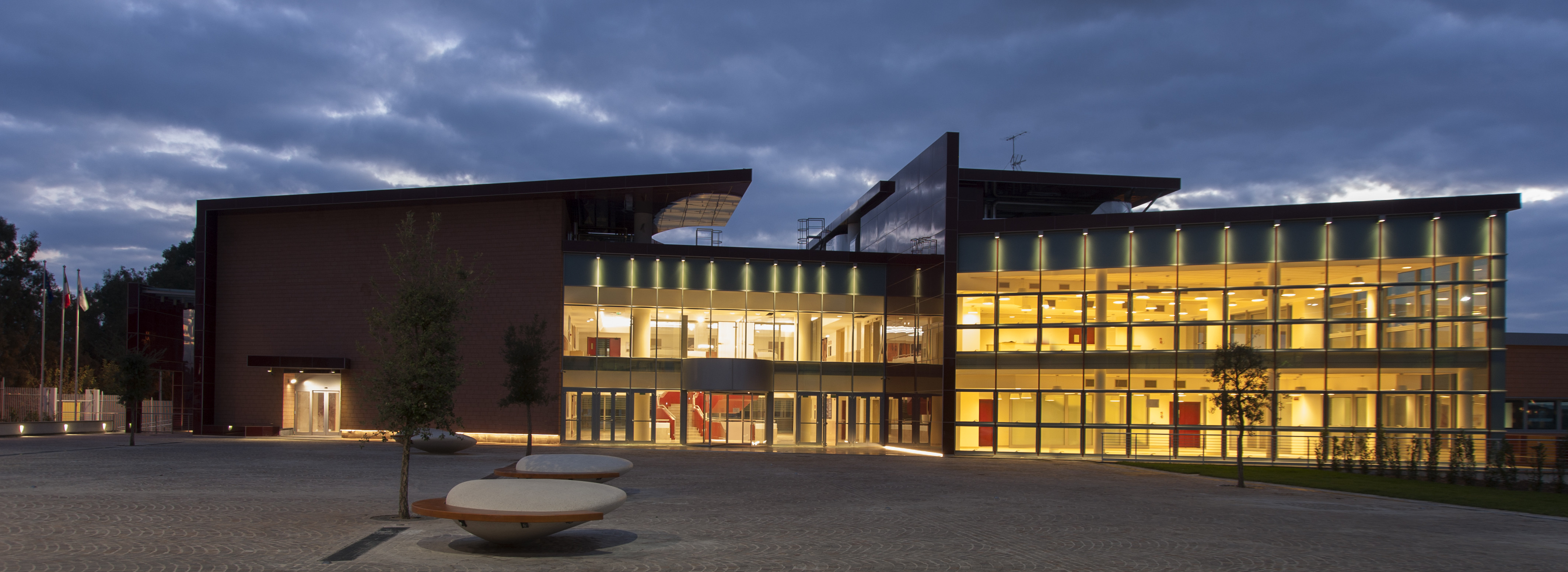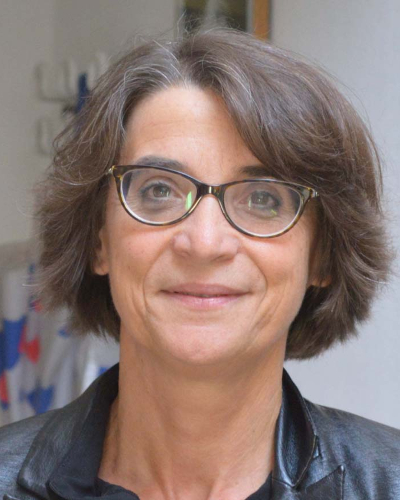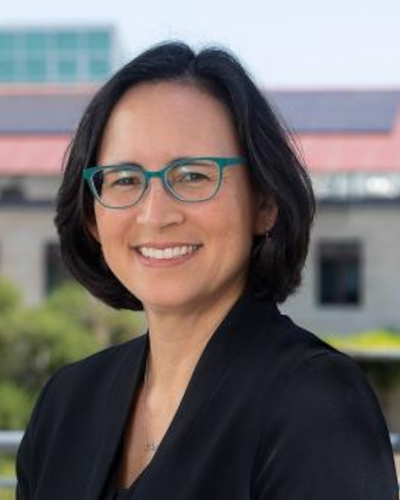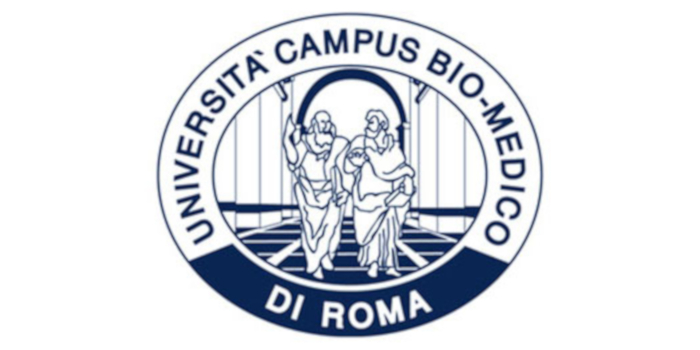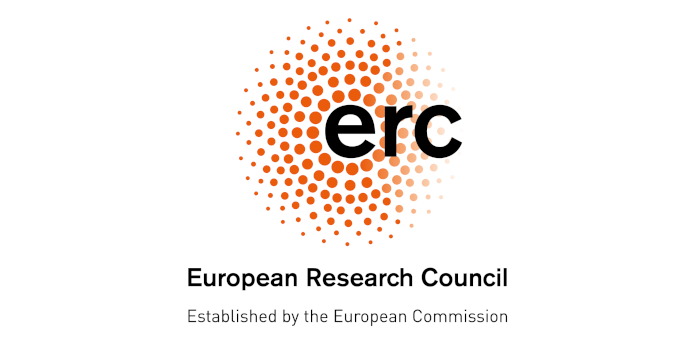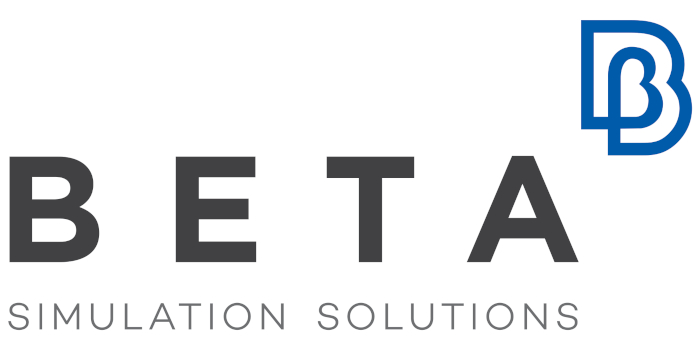Alessandro Veneziani
Department of Mathematics, Emory College of Arts and Sciences, Emory University, USA
How Mathematics Can Transform the Clinical Management of Cardiovascular Diseases: A Methodological Perspective
ABSTRACT
In the early 20th century, imaging technologies—particularly X-rays—revolutionized medicine and, subsequently, clinical practice. Similarly, while the importance of mathematical models in cardiovascular science has been recognized for over three decades, their clinical impact remains limited. This gap stems largely from the intrinsic challenges of integrating mathematical abstractions with the uniqueness of each patient.
Personalized medicine, when framed mathematically, almost always involves solving inverse problems—such as those encountered in data assimilation or (shape) optimization. In this talk, we will explore how both classical and emerging methodologies are driving a new revolution in the clinical management of cardiovascular diseases, enabling more accurate diagnostics and automated, patient-specific therapies and devices.
Computational models that fuse physics-informed models (background knowledge) and real-time data (foreground knowledge) offer a precise and comprehensive understanding of individual patient conditions. Although the mathematical formulations underlying these approaches are well-established, their clinical translation has historically been hindered by prohibitive computational costs. These applications, in fact, demand the rapid solution of constrained optimization problems as well as fluid and structural mechanics simulations—tasks that are infeasible without significant model simplification. We will discuss how model order reduction and scientific machine learning, within the framework of Digital Twins, are poised to overcome these barriers and complete the mathematical revolution in cardiovascular clinics (and beyond).
ABSTRACT
Recent advances in soft electronics and artificial intelligence are converging to revolutionize personalized health monitoring. In this talk, I will introduce our latest developments in AI-enabled wearable e-tattoo technology, focusing on ultrathin, skin-conformal electronic tattoos (e-tattoos) designed for continuous, noninvasive sensing of clinically and physiologically relevant signals. I will present two latest platforms developed by our group: the chest e-tattoo, which captures synchronized ECG, SCG, and PPG signals to infer clinically relevant cardiovascular metrics such as blood pressure (BP) and stroke volume (SV); and the brain e-tattoo, capable of detecting EEG signals related to mental workload and cognitive states. We leverage both laptop-based machine learning pipelines for model development and validation, as well as embedded edge AI architectures powered by Differential Weightless Neural Network (DWN) for real-time, on-tattoo inference. By integrating hardware innovations with intelligent signal interpretation, we aim for seamless, continuous monitoring of cardiovascular health and cognitive states in real-world environments.
Jay Humphrey
School of Engineering & Applied Science, Yale University, USA
Modeling Soft Tissue Homeostasis and Its Loss in Disease
ABSTRACT
Mechanical homeostasis is a ubiquitous biological and physiological process whereby particular quantities are regulated to remain, within a tolerance, near preferred values called set points. Under normal conditions in adulthood, load bearing soft tissues exhibit homeostatic responses to modest perturbations in mechanical loading. By contrast, compromised or lost homeostasis is often a contributor to pathogenesis and disease progression. In this presentation, we will study mechanical homeostasis and its loss within the context of both continuum models and coupled models that integrate tissue-level biomechanics and cell signaling models. We will identify conditions that drive homeostasis and focus on inflammatory mechanisms that compromise homeostasis. Whereas the general framework will apply to most soft tissues, we will use aortic growth and remodeling as an archetype to illustrate both the methods and novel predictions. For further reading, please see [1-4].
[1]. Humphrey JD, Dufrense E, Schwartz MA (2014) Mechanotransduction and extracellular matrix homeostasis. Nat Rev Mol Cell Biol 15: 802-812.
[2]. Humphrey JD, Schwartz MA (2021) Vascular mechanobiology: homeostasis, adaptation, and disease. Annu Rev Biomed Engr 23:1-27.
[3]. Latorre M, Spronck B, Humphrey JD (2021) Complementary roles of mechanotransduction and inflammation in vascular homeostasis. Proceed R Soc A 477:20200622.
[4]. Irons L, Latorre M, Humphrey JD (2021) From transcript to tissue: multiscale modeling from cell signaling to matrix remodeling. Annl Biomed Engr 49:1701-1715.
Vikram Deshpande
Department of Engineering, University of Cambridge, UK
The role of tissue shape in controlling cell organization in morphogenesis
ABSTRACT
Cell organisation controls critical physiological functions in a range of organs, but this organisation has never been thought to be influenced by tissue shape. We show that the overall shape of the tissue strongly affects the alignment of fibroblasts. For rectangular-shaped tissues, cells align preferentially with the long axis, with the degree of alignment increasing with both the tissue aspect ratio and cell density. Remarkably, this alignment occurs without corresponding realignment of the collagen. Moreover, there is no spatial gradient in cell distribution, consistent with the fact that self-similarly increasing tissue size did not affect cell alignment; all of this suggests a very long-range mechanism by which cells detect the overall tissue shape. We demonstrate that these counterintuitive observations can be rationalized by recognizing that, unlike a collection of non-living particles that collectively attain an equilibrium state, the internal metabolic processes within living cells drive them to maintain a homeostatic state individually. This individual constraint, combined with the overall constraint of the tissue, drives a long-range mechanism of tissue shape detection.
Anna Pandolfi
Department of Civil and Environmental Engineering, Politecnico di Milano, Italy
A model of the human cornea as a hydrated, fluid saturated medium
ABSTRACT
We introduce an innovative model of the human corneal stroma, regarded as a fluid-saturated continuum, with to objective to describe important swelling and thinning phenomena observed in pathological conditions. In contrast with well-settled approaches that model the stroma as a quasi-incompressible hyperelastic medium, possibly including anisotropy and heterogeneity, here we focus on the actual nature of the tissue, where the content of water reaches about 78% in weight. Although purely mechanics models have been shown to be very good at predicting physiological behaviors, they have not been able to reproduce the evolution of pathologies related to the imbalance of water content in the stroma. We regard the tissue as a fully saturated mixture of a solid phase and a fluid phase, preserving the possibility to characterize both phases in terms of multiple components. This study represents a first step towards the development of a multiphysics model capable of explaining corneal swelling and ectasia.
The work is done in collaboration with Alessandro Giammarini (Polimi).
Allison Okamura
Stanford University, US
When Robots Care: Assistive Medical Robotics from Hospital to Home
ABSTRACT
Seventy-five years after the first industrial robots tackled the three D’s – dirty, dull, and dangerous work – today’s robots inhabit our homes, hospitals, and even our bodies. This talk explores how advances in design, fabrication, and physical human-robot interaction are enabling a new generation of medical technologies to support an aging population. I will begin with teleoperated surgical systems, which have become a standard tool in operating rooms. New flexible robot designs and human-centered artificial intelligence aim to improve the precision of these systems and enhance patient outcomes. Building on these advances, I will then introduce 3D robotic bioprinters, inspired by surgical robots, that have the potential to fabricate entire biological organs. Finally, I will describe emerging approaches to physical assistance using soft robotic structures. These include wearable devices that provide comfortable haptic feedback, gentle robotic systems that lift patients, and self-donning garments. These technologies combine softness and structural support to create new ways of controlling shape, generating meaningful forces, and interacting safely and effectively with the human body.
Wolfgang A. Wall
Technische Universität München, Germany
Unlocking vital mysteries in Respiratory Biomechanics - from bench to bedside
ABSTRACT
The lack of information (like imaging modalities or actually any other measurement technique), that provide insights into crucial processes on the micro level of human lungs during breathing or ventilation is a huge problem in medicine. It not only hinders the development of better therapies but often even leads to scenarios where the (best intended) treatment harms (or even kills) patients, like in Ventilator Induced Lung Injury (VILI). This lack of insight and understanding can be overcome by novel and advanced physics-based computational models. Such models need to honor the complexity of the organ and include not only tissue mechanics but also flow and transport effects and need to cross scales, fields and dimensions. In this presentation I will explain essential aspects of such models including some very recent developments. It will focus on interesting and promising scientific developments but will also briefly sketch our path towards bringing such useful scientific developments to the clinics. Such approaches (of real digital twins) have a great potential and can even shift the current paradigm in health care.

